Are spices a superfood? 7 tasty ways to add spices and homemade curry pastes to your diet
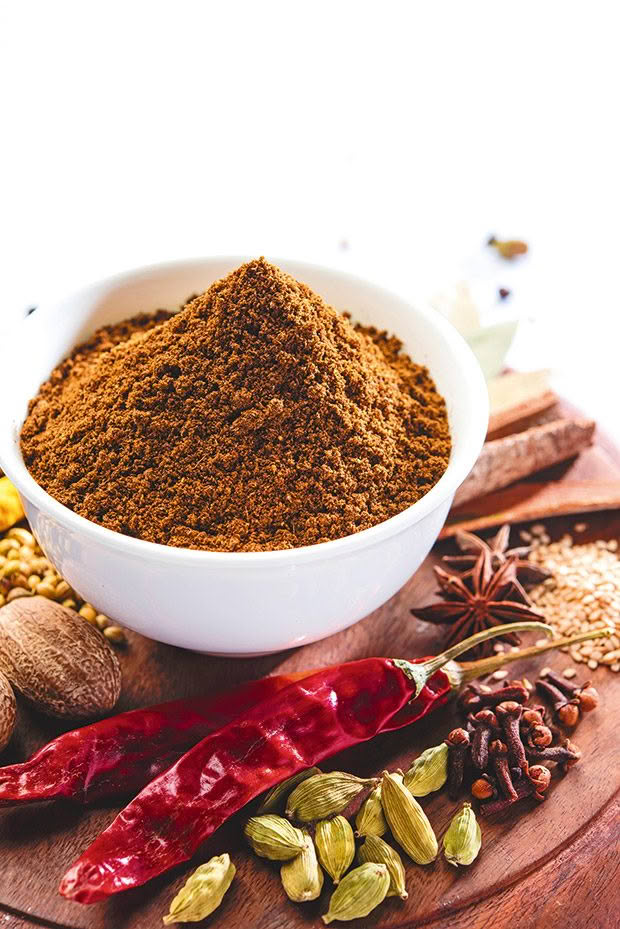
Spices provide a range of essential vitamins and minerals beyond polyphenols that affect health and wellbeing, including mental health.
Words and recipes: Sneak peek from Eat Yourself Healthy
Are spices the new superfood? Recent research on their powerful antioxidant potential has pointed to what some cultures have known for centuries; spice-based bioactives, particularly phenolic compounds, have significant health benefits. Spices such as chillies, allspice, black cardamon, black cumin, black pepper, cardamon, cinnamon, cloves, cumin, fennel, nutmeg, star anise and turmeric are now being looked at as nutraceuticals. Spices provide a range of essential vitamins and minerals beyond polyphenols that affect health and wellbeing, including mental health.
GRINDING SPICES FOR CURRIES
The compounds in these spices are potent, so why wouldn’t you add them to your diet? A curry is the simplest way to get a good mix of spices in one meal, as most of them are included in curry paste or powder. The goodness of spices – and flavour – is in their volatile oils. If you chop whole spices using a metal blade (such as in an electric spice or coffee grinder), you release the oils, and the ground spice will quickly lose its flavour and benefits. But grind whole spices in a mortar and pestle or stone grinder, and you smash the volatile oils into the ground spice, where they stay.
A curry powder made with a mortar and pestle (or anything that grinds the spices instead of chopping them) can last up to a year in the cupboard. The flavour and health benefits rapidly disappear if made with metal blades that chop (like most commercially produced spice blends or ground spices). In the case of green cardamon (which is expensive), it will be stale in a matter of days, probably before you even buy it off the supermarket shelf. Making curry powder using a stone mortar and pestle doesn’t take long, and the benefits are enormous.
CURRY POWDERS AND PASTES
Commercial curry powder isn’t used in Indian cooking. It doesn’t represent any spice mixture typically found in a South Asian kitchen but is instead a British invention, resembling garam masala. The spices used in Indian dishes vary from region to region and dish to dish, so they are usually combined in cooking. This also ensures the spices’ flavours and nutrients stay vibrant. South-East Asian curries are different again, with Thai and Malay dishes adding aromatics such as garlic, galangal, lemongrass and blachan/kapi (fermented shrimp paste). These pastes can be made and stored in a jar in the fridge and are surprisingly versatile in dishes other than curries.
A typical curry mix will have a combination of savoury and sweet spices. Savoury spices such as cumin, turmeric and coriander give a deep, earthy flavour, while sweet spices, such as cinnamon and clove, add top notes that lift the mix. The type and amount of pepper or chilli used determines the heat. Milder curry powders may include black pepper or ginger, while hot curry powders usually contain red chillies. Use the easy but versatile Indian blends on the following pages for all sorts of dishes, not just curries.
Versatile Curry Paste
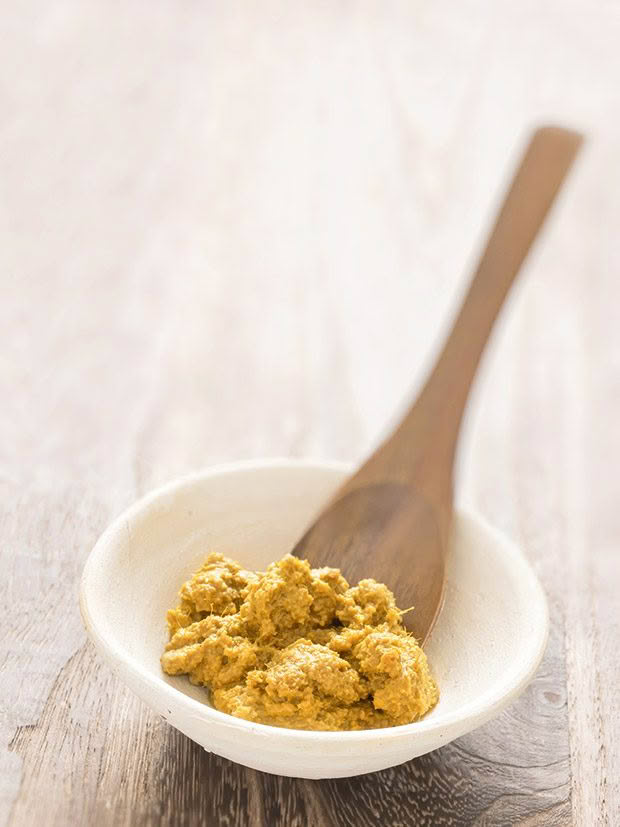
A paste has the advantage of containing fresh garlic (and other aromatics if you like). It can be kept in the fridge and used as a base for curries or as a marinade for meat. Its versatility makes it useful in a wide range of dishes.
INGREDIENTS
2 tablespoon coriander seeds
2 tablespoons cumin seeds
1½ tablespoons garlic (crushed)
2 tablespoons paprika
1 tablespoon garam masala
1 tablespoon ground ginger
2 teaspoons chilli powder
½ teaspoon turmeric
1 tablespoon dried mint
¼ teaspoon salt
1 teaspoon lemon juice
150ml white wine vinegar
150ml oil
METHOD
Grind the coriander and cumin seeds to a fine powder. Spoon into a bowl and add the remaining spices, mint and salt. Stir well. Add the lemon juice, vinegar and 30ml of water to form a thin paste. Heat the oil in a large frying pan and stir-fry the paste for about 10 minutes or until the water has been absorbed. When the oil rises to the surface, the paste is cooked. Allow to cool before spooning into sterilised jars. Cover with a thin layer of oil and it will last a year in the fridge. Makes: 13/4 cups
Indian All-Purpose Curry Blend
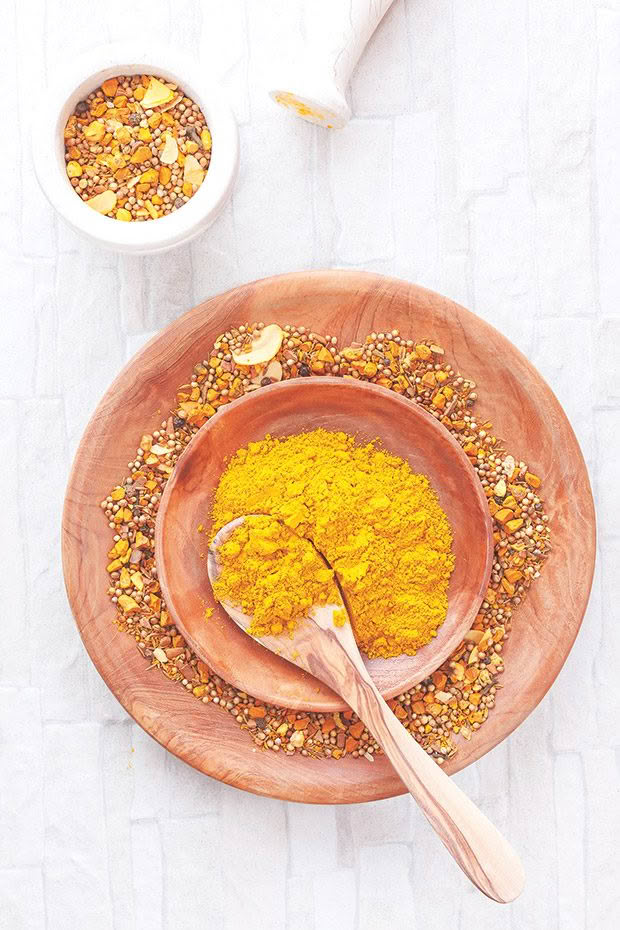
This simple curry powder is excellent for roast vegetables, notably sweeter ones such as pumpkin, kūmara, parsnip and yams. A squeeze of citrus and the kick of curry is also perfect to balance the sweetness of pumpkin in any dish, including pumpkin soup, roast pumpkin, mashed pumpkin or pumpkin salads and poke bowls.
INGREDIENTS
3 cardamon pods
2 teaspoons ground coriander
2 teaspoons ground cumin
1 teaspoon ground turmeric
1 teaspoon chilli powder
½ teaspoon pepper
¼ teaspoon fennel seeds
METHOD
Remove seeds from the cardamon pods. In a mortar and pestle, combine the cardamon seeds with the remaining ingredients. Grind until the mixture becomes a powder. Store in an airtight container for up to one year. Makes: 3 tablespoons
Curry-Roasted Kūmara with Yoghurt Sauce
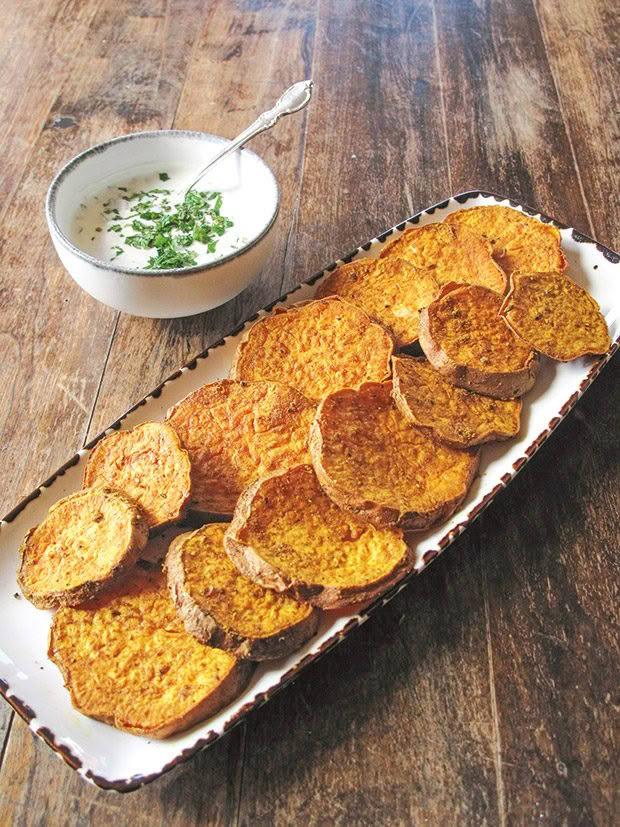
INGREDIENTS
2 tablespoons rice bran oil
5 teaspoons Indian All-Purpose Curry Blend (above)
4 medium kūmara, cut into 1cm slices
Mint Yoghurt Sauce:
1 cup plain yoghurt
1 garlic clove, mashed
¼ cup fresh mint, finely chopped
METHOD
Preheat oven to 200°C. In a large bowl, combine the oil, 1/2 teaspoon of salt and the spice mixture. Add the kūmara and toss to coat. Arrange in a single layer on an ungreased oven tray. Bake for 16-20 minutes or until golden brown, turning once. Meanwhile, combine the yoghurt, 1/2 teaspoon of salt, garlic and mint in a small bowl. Serve with the kūmara. Serves: 4-6 as a side
Thai Green Curry Paste
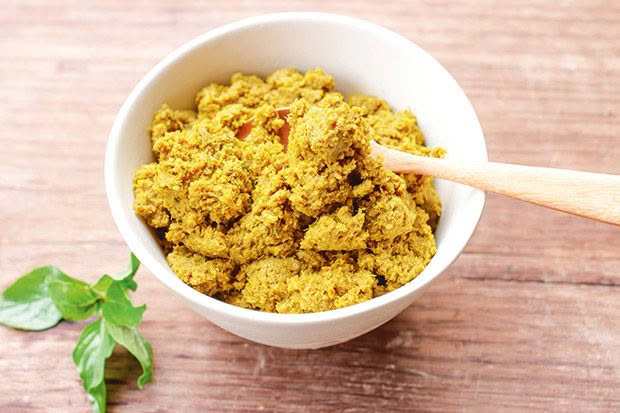
Substitute ordinary lime zest for makrut if needed.
INGREDIENTS
12 small green chillies, chopped
2 shallots, chopped
4 garlic cloves, chopped
4cm fresh galangal, chopped
1 tablespoon chopped coriander root or stem
6 tablespoons chopped lemongrass stalks
1 teaspoon lime zest
1 teaspoon coriander seeds, roasted and ground
1 teaspoon cumin seeds, roasted and ground
2 teaspoons kapi (shrimp paste)
6 tablespoons vegetable oil
METHOD
Pound together or process the chillies, shallots, garlic, galangal, coriander and lemongrass. Add everything except the oil and continue until you have a smooth paste. If you are using a food processor, pounding the processed paste is still worthwhile as this breaks down the ingredients in a way a processor cannot. Then gradually work in the oil until you have a homogenous paste. Store in a screw-top glass jar. Makes: 11/2 cups
Thai Prawn & Eggplant Green Curry
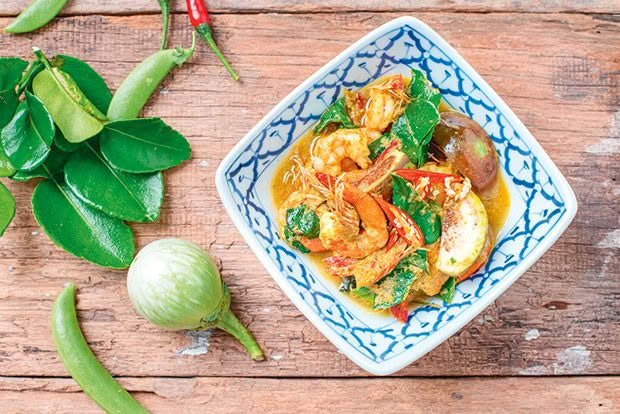
INGREDIENTS
2 tablespoons sunflower oil
2 Asian eggplants, halved lengthways, cut into 2cm pieces
500ml coconut cream
2-3 tablespoons green curry paste, to taste
500g peeled prawns
500ml chicken or vegetable stock
4 makrut lime leaves, roughly torn, plus
2 finely shredded leaves to garnish
125g can baby corn, halved lengthways if the cobs are large
2 tablespoons fish sauce
1 tablespoon lime juice
2 teaspoons grated palm sugar
sliced red chilli and Thai basil, to garnish
METHOD
Heat the oil in a wok or deep frying pan over high heat. Add the eggplant and stir-fry for 3 to 4 minutes until golden. Set the cooked eggplant aside. Add 100ml of the coconut cream and the paste to the wok and stir until the coconut cream splits (about 4 minutes). Add the prawns and stir-fry, tossing to ensure the paste doesn’t burn, for 1 to 2 minutes until seared.
Add remaining coconut cream, stock, lime leaves and corn and bring to a boil. Return the eggplant to the pan, then reduce heat to low and simmer for 4 minutes until the prawns are cooked. Stir in the fish sauce, lime juice and sugar and heat through for 1 minute. Garnish with red chilli, extra lime leaves and Thai basil. Serve with steamed rice. Serves: 4-5
Golden Milk (Turmeric Latte)
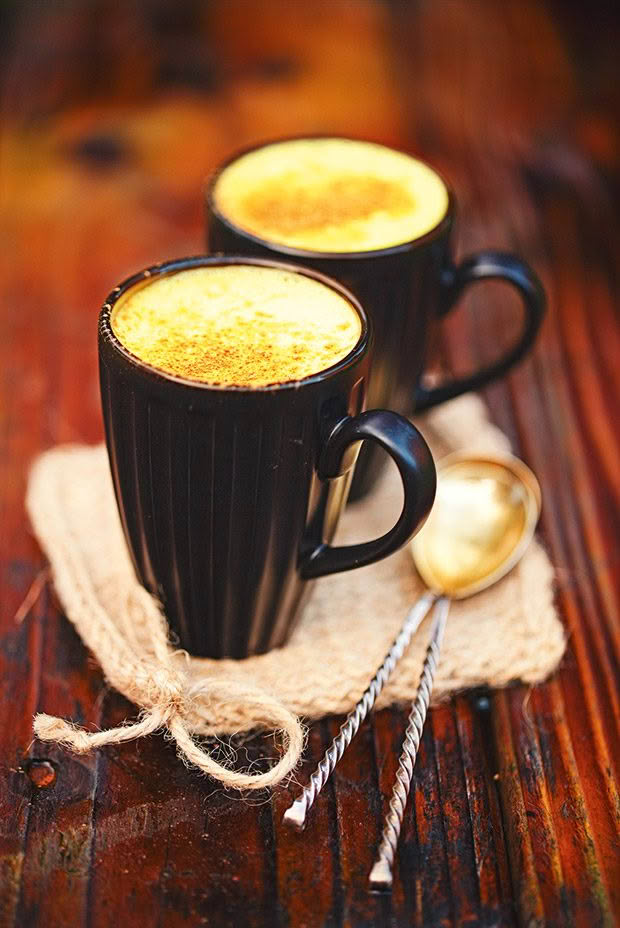
Mix 1 teaspoon of turmeric, ½ teaspoon of cinnamon, 1/8 teaspoon of freshly ground black pepper into 3 cups of coconut milk (or almond or oat). On a stove top, heat the milk (don’t let it boil) and then add enough honey to suit. Best consumed immediately for maximum antioxidant benefits. Serves: 3-4
Chocolate Curry Coconut Fudge
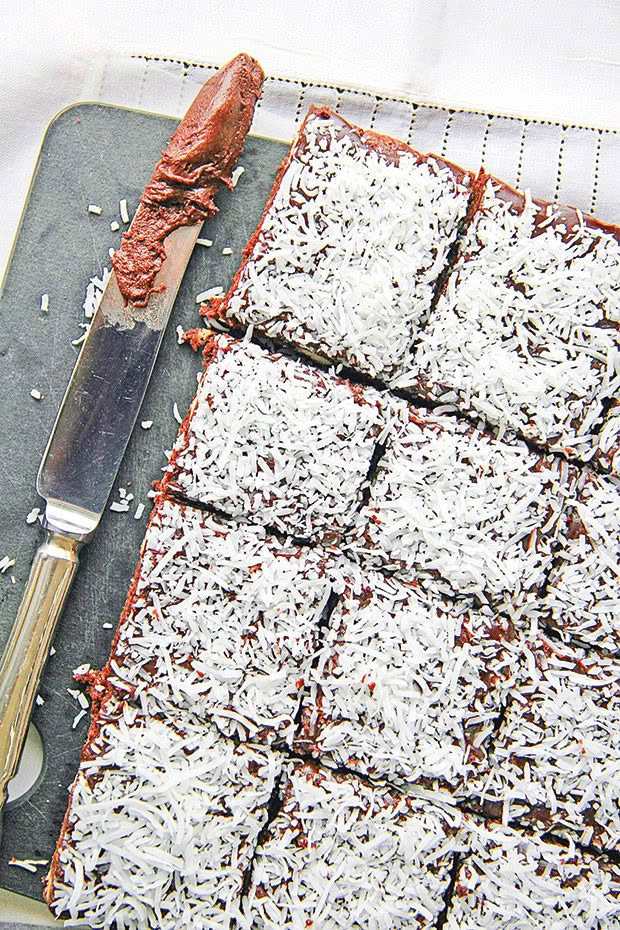
An easy microwave recipe (no candy thermometer needed). The result is softer than fudge cooked on the stove top, and must be refrigerated.
INGREDIENTS
500g dark chocolate, broken into chunks
400g can sweetened condensed milk
50g butter, diced
1 teaspoon curry powder
1 cup shredded coconut, dry toasted
METHOD
Prepare a 20cm square slice tin with baking paper. In a large microwave-proof bowl, put the chocolate, the condensed milk and the butter. Microwave for 1 minute and stir. Add the coconut and curry powder. Microwave for a further minute and stir well, combining all the ingredients to ensure there are no chocolate lumps. If there are, give it another 30-second burst and stir again.
Pour into the prepared slice tin and smooth to spread. Sprinkle either some more toasted coconut or a dusting of curry powder on top if desired. Chill in the refrigerator overnight. Once set, slice into small squares. Makes: about 40 pieces
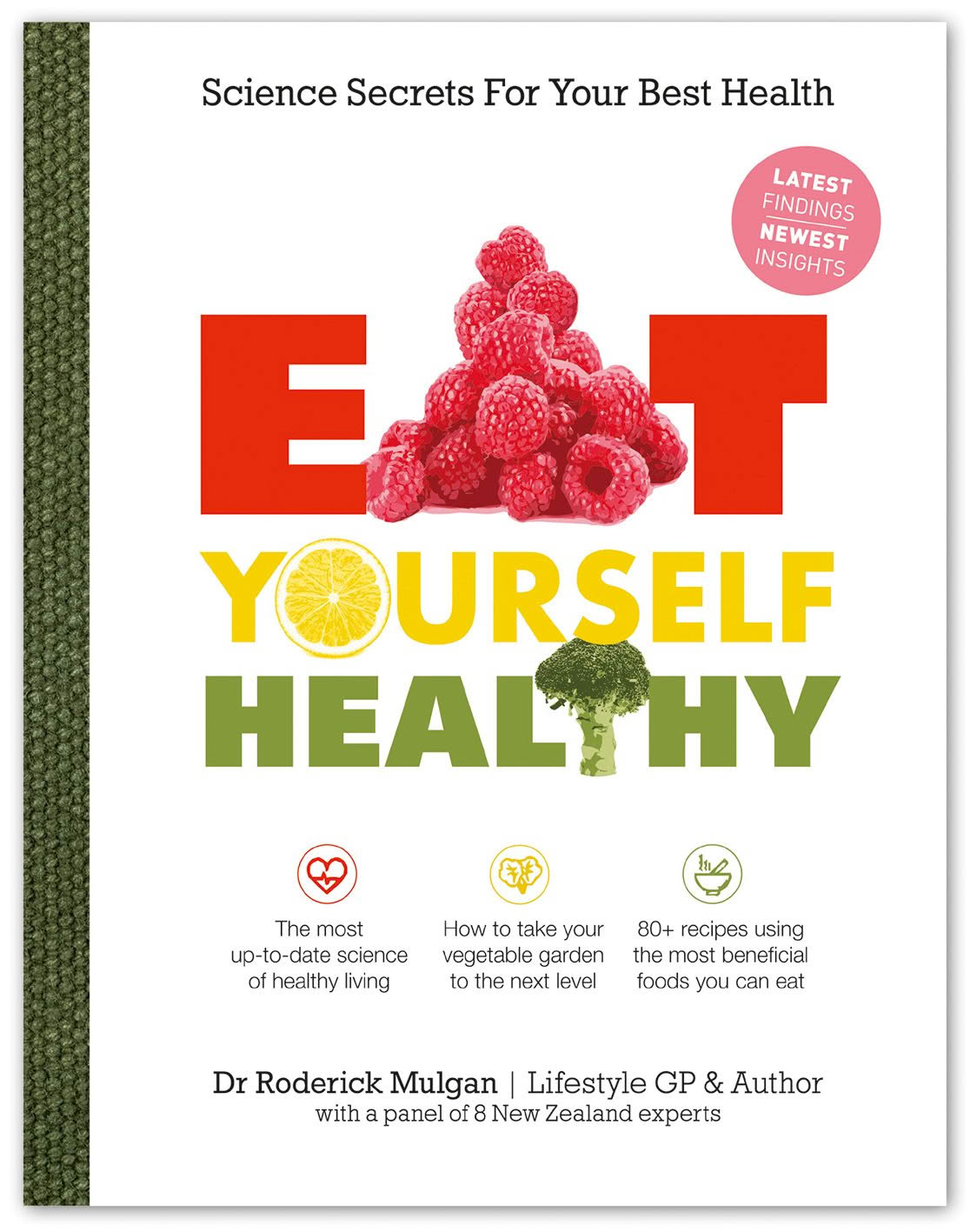
This is an extract from our latest special edition Eat Yourself Healthy: Science Secrets for Your Best Health. For recipes, health insights and tips for living your most healthful life, pre-order your copy today.

